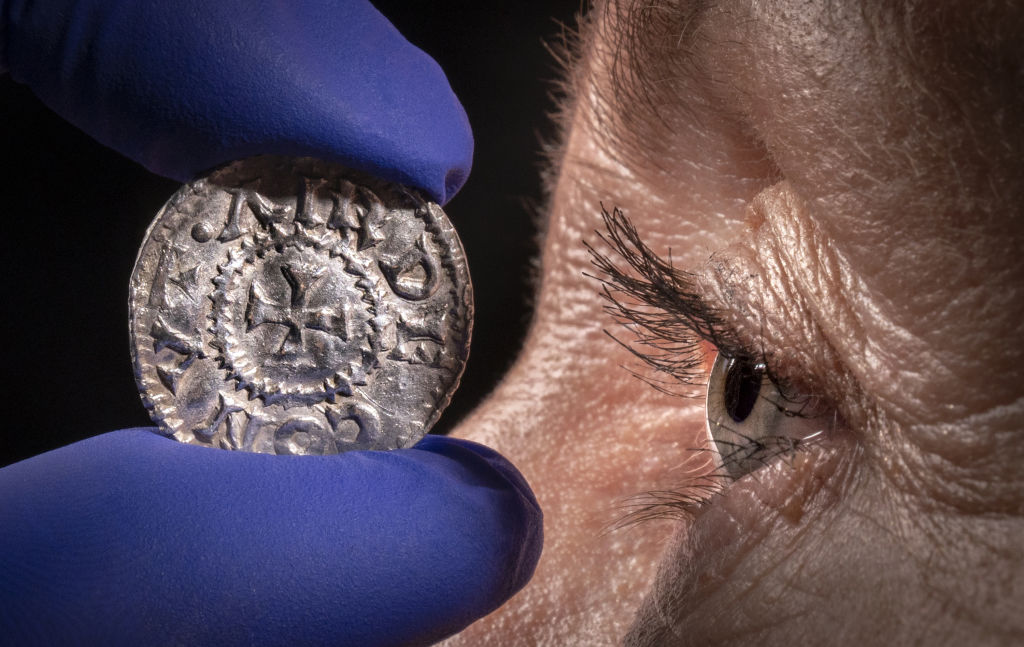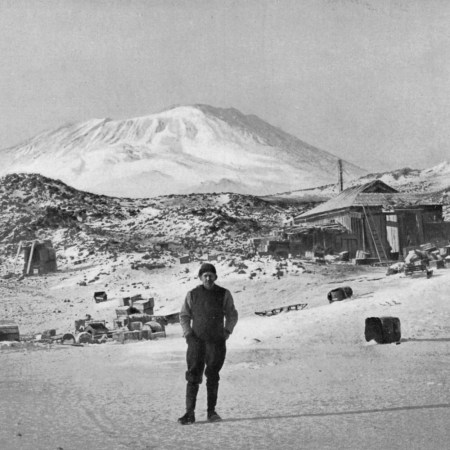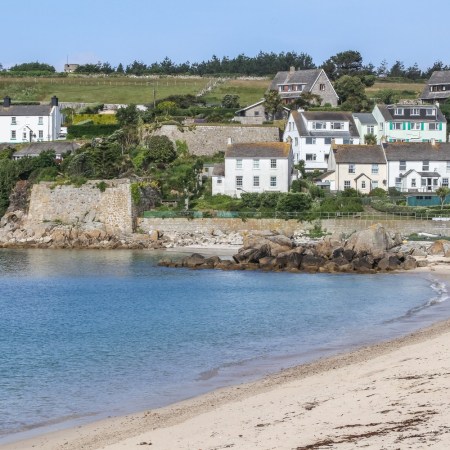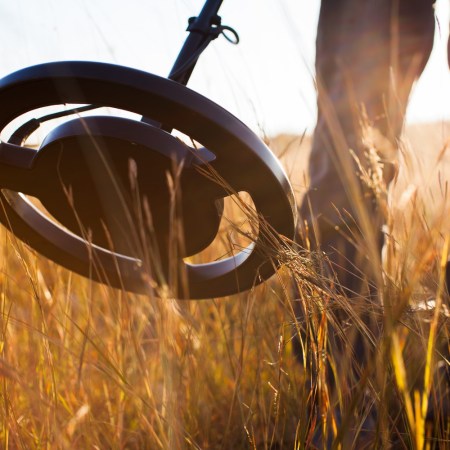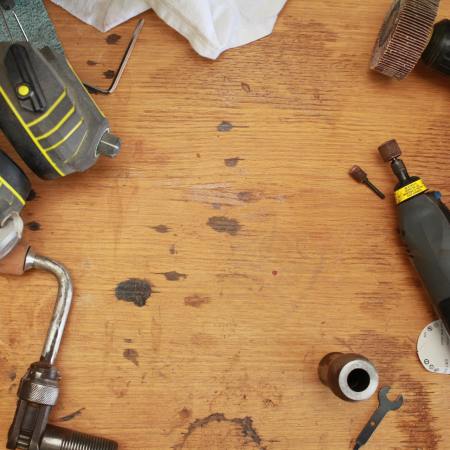Delve deeply enough into the history of Britain and eventually, you’ll encounter Vikings. Thomas Williams’s book about the period, titled Viking Britain: A History, is an invaluable guide to this particular aspect of history. And if you watched the recent film The Dig, you may well have a sense of the thrill that can come from unearthing a previously-unimaginable part of the past.
But just as the present is ever-changing, so too is our knowledge of the past. And a new article in Smithsonian Magazine charts out how archaeologists in Britain have unearthed new discoveries that have changed the way they think of the times when Vikings abounded.
Among the issues facing archaeologists studying the time when the Viking presence was at its height in Britain — for around 250 years, beginning in the ninth century — are the Vikings’ penchant for wooden buildings, which have not survived the centuries since.
The article explores a number of archaeologists whose work seeks to find a deeper understanding of Vikings’ history in Britain — including more details on what their everyday lives were like. Among them are Cat Jarman, who connected with a metal detector operator who had turned up some Viking artifacts near Heath Wood. This, in turn, suggested that the Vikings had settled there for a time — something that may well inform a greater sense of the region’s history and the forces that shaped it.
The Vikings are a constant source of fascination for historians and pop culture obsessives alike — and these new findings might just make both that much more satisfied.
Thanks for reading InsideHook. Sign up for our daily newsletter and be in the know.
